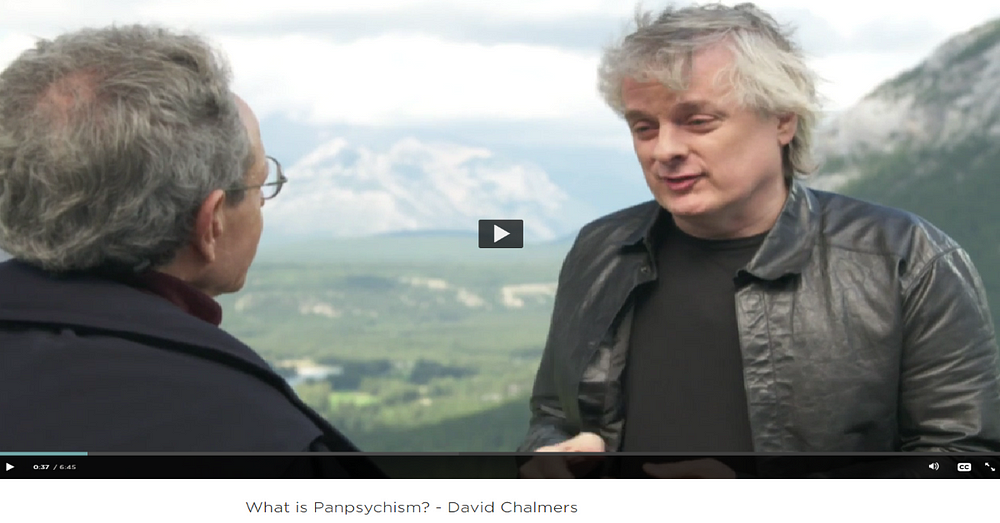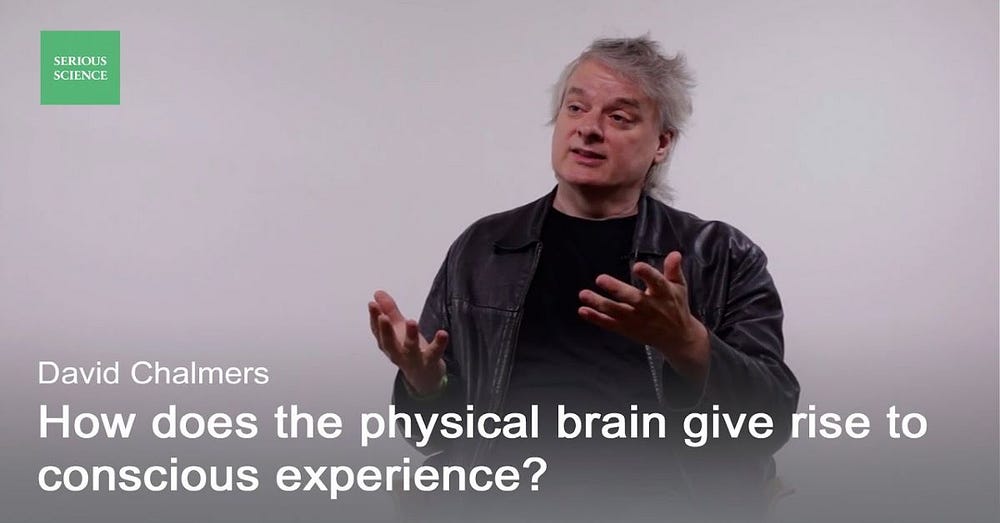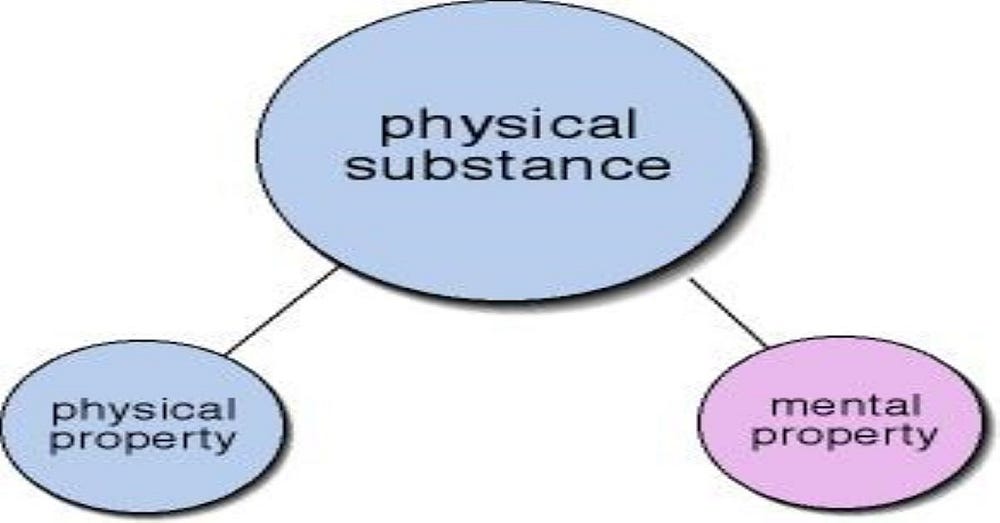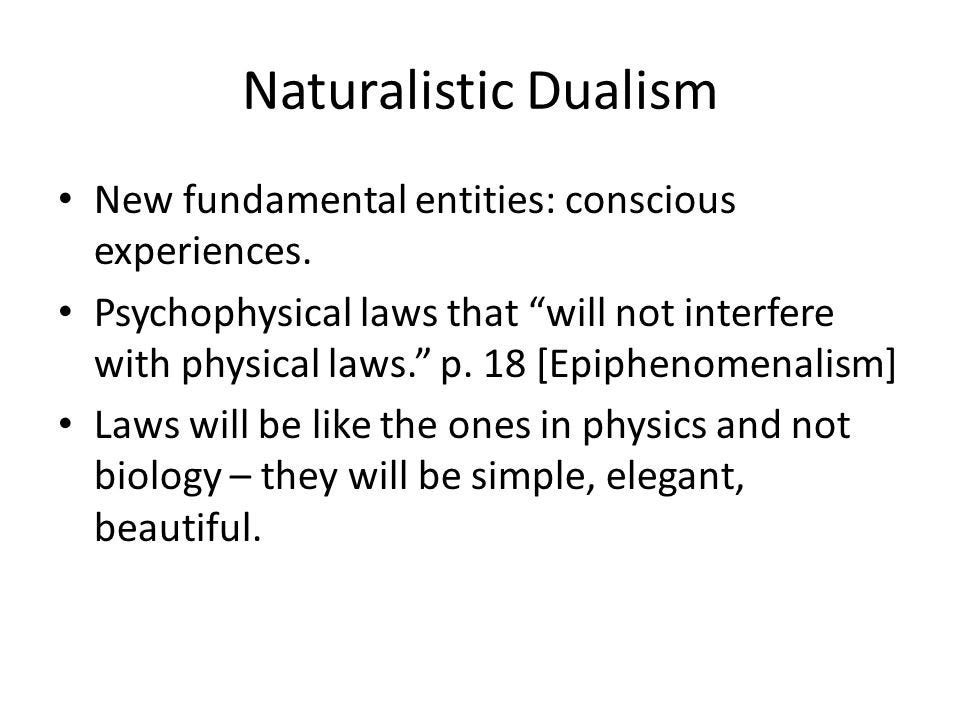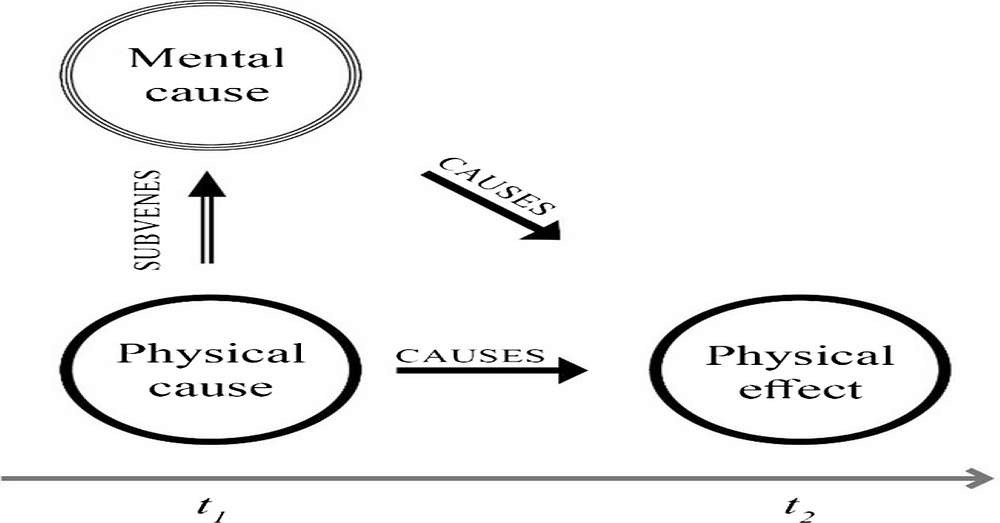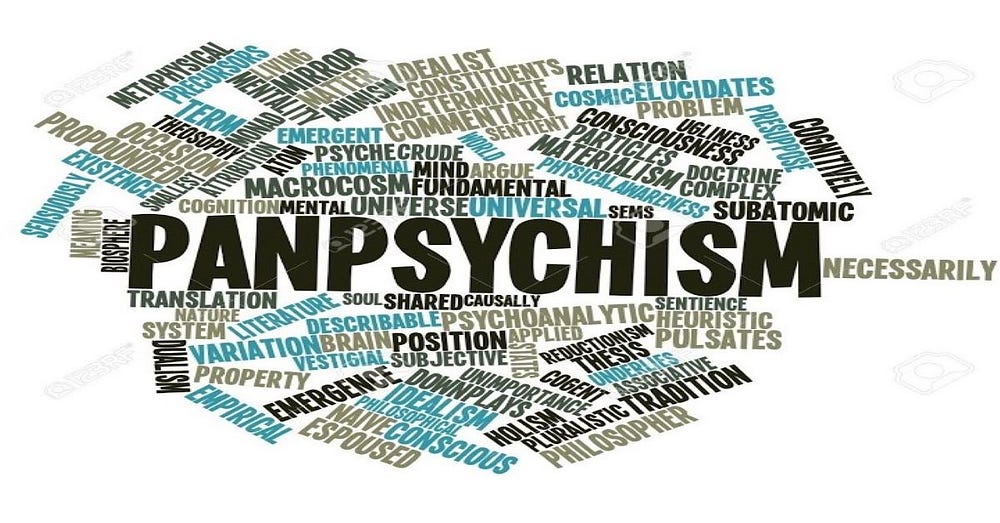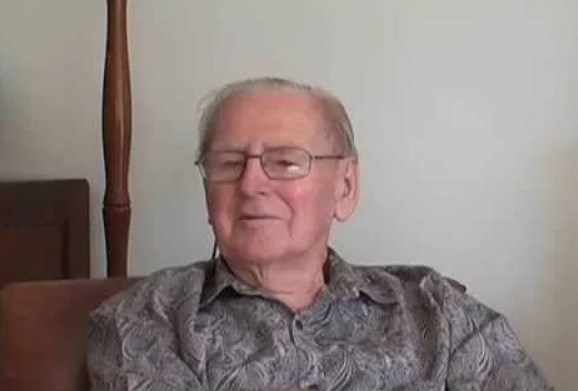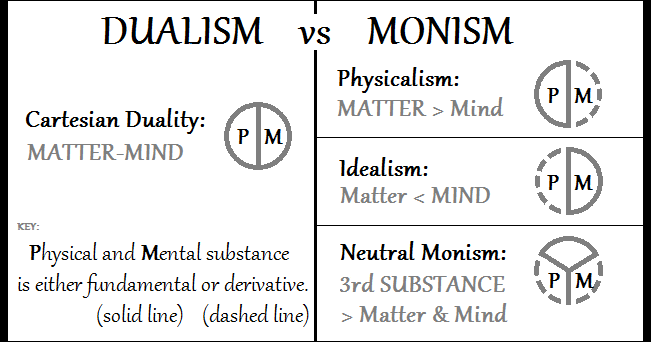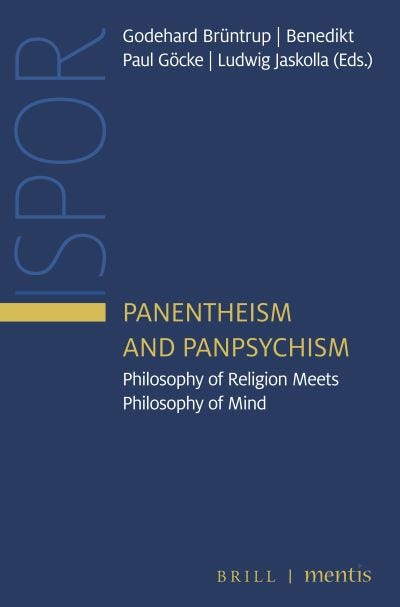A discussion of the many ways of answering the question, “What is a concept?”
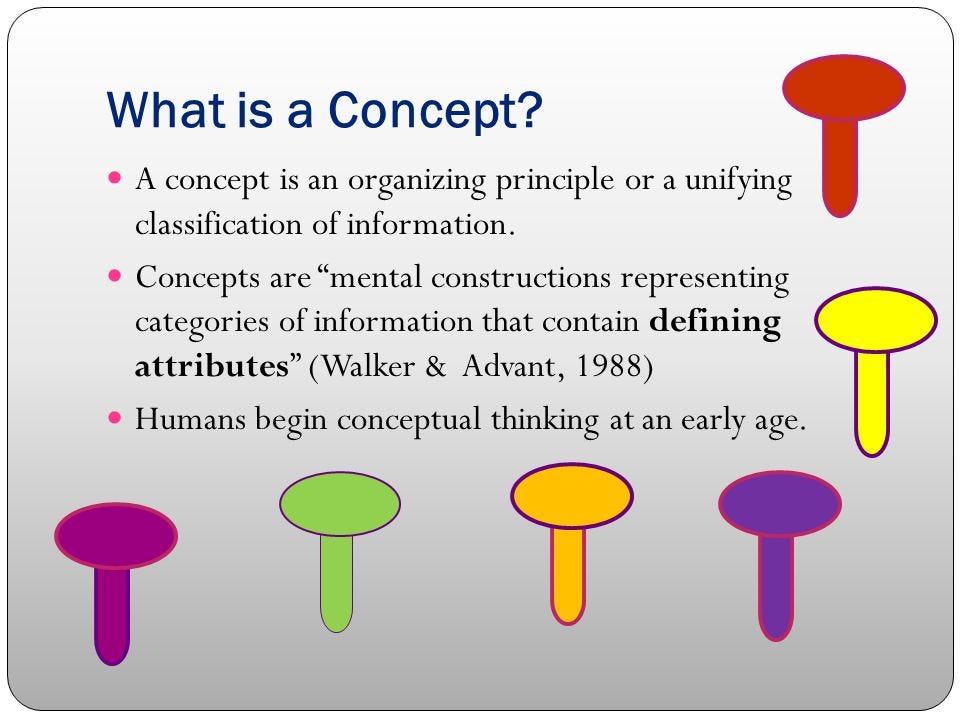
Perhaps an answer to the question “What is a concept?” is at least partly normative, prescriptive and/or stipulational in nature. That is, the things various philosophers describe as being the true nature of a concept (or what it is to be a concept) may be real enough. However, there’s no necessity involved in deeming such things to actually constitute concepts.
So perhaps there’s no determinate answer to the question, “What is a concept?” (The same kind of thing can be said about consciousness, truth, wisdom, intelligence, etc.)
Concepts as Abstract Objects
Concepts can be seen, and have been seen, as abstract objects.
Are abstract objects things? Are concepts abstract objects and therefore things too?
So perhaps the things which are said about propositions, numbers and universals can also be said about concepts.
On a Fregean reading, specifically, concepts play their parts in what Frege called “Thoughts” — which are, basically, abstract atemporal propositions (see here). Thus such concepts (as parts) must themselves be equally abstract. (See Frege’s ‘The Thought’.)
That said, is it a Rylian category mistake to fuse concepts with, say, propositions, numbers and universals?
Of course there may be the danger of reifying (see reification) concepts when deeming them to be either abstract or concrete objects. Yet there’s also a danger of not reifying concepts.
Sure, concepts may not be like cups, dogs or planets. Concepts may not even be like theoretical particles. Nonetheless, they may be like numbers, propositions or universals. In other words, sometimes we reify because we have no (philosophical) choice but to do so.
That said, as Jim Hamlyn (in a personal correspondence) wrote :
“Treating concepts in this way reifies them when in fact possession of a concept is not the acquisition of any particular object at all.”
It’s easy to see the problems with reification. Some philosophers have spent their lives arguing against it. Others reject the existence of all abstract objects.
So let’s firstly just say that concepts aren’t only abstract objects.
Concepts may not only be brain states, “capacities”, “representations” or “dispositions” either.
But say that brain states are part of the story.
That story wouldn’t be complete without, say, capacities or human practices. Indeed that story wouldn’t be complete without concepts being abstract objects too.
All this means that we may not need a single underpinning for (or to) concepts.
Now take the phrase “the acquisition of a concept”.
Many Theories of Concepts
Some philosophers don’t distinguish concepts from various features which may be simply related to concepts: such as the criteria for the “possession” or “mastery” of concepts.
In these cases there’s the acquisition of something. Thus concepts can’t only be a matter of acquisition, capacity or use.
So if concepts have a being or a reality before their application or use, then what kind of of being or reality do they have?
The aforementioned Jim Hamlyn also wrote:
“To possess the concept green is to be capable of applying the concept in ways that other concept users would accept as viable and the only way that such application can be achieved is via representations."
That passage is about the use or “mastery” of concepts; which is a different issue and doesn’t seem to answer the question, What are concepts? That is, if we’re to “apply” concepts, then surely they must already have some kind of being or reality.
Are Concepts Mental Representations or Capacities?
In the philosophical literature, concepts are often deemed to be representations (see mental representation).
Yet in many discussions about representations (i.e., strictly in relation to concepts), it’s sometimes unclear what people mean by that word.
As Hamlyn puts it:
“Where many theorists take representations to be objects of fact I take capacities to represent to be instrumental. So I reject inner representation as such.”
This argument seems similar to Gilbert Ryle’s position on what are deemed to be (in what’s called “folk psychology”) “mental faculties”: such as the will, intelligence and even the mind itself. To put it simply, the will or intelligence isn’t a part of the brain. It is, to use a word used in the quoted passage above, a “capacity”.
Yet don’t concepts and representations both belong to different kinds to that of the will or intelligence? The word “intelligence” is really a collective or “bundle” term; whereas a representation or a concept is singular.
Another way of putting this (as Ryle himself did) is to say that one must display intelligence in order to be intelligent. On the other hand, must we also display concepts and representations in order for them to (as it were) have being or be real?
So if one assumes that representations exist in the brain, then they can have a reality which is separate from their being “manifested publicly”. (See also Michael Dummett’s “manifestation argument” for a related idea.) Yet representations, on a strict manifestation reading, must be their vocal or written expressions.
At an initial level, one can see why mental representations have to do some work in a theory of concepts. After all, even if someone claims that concepts are abstract objects like propositions (i.e., in that they’re “available to all” regardless of their particular natural-language expressions), it would still need to be the case that individuals have access to them via some medium — i.e., a mental or other kind of representation. And that representation, if mental, must surely must be encoded in the brain.
So now we can move from a brain state, to a representation and then to the vocal expression of a concept. Yet the same concept can still be deemed to be an abstract object in the strong sense that this x is available to all. (Anything that’s only a representation — at least as it’s encoded as a brain state — can’t be available to all.)
Concepts as Capacities
As already hinted at, one position on concepts is the following:
concepts = capacities
So just as it can be argued that concepts aren’t abstract objects, so it can also be argued that mental representations aren’t brain states.
Here again reification is rejected and “capacities” may enter the picture instead. In other words:
If concepts are capacities, then representations are also capacities rather than objects.
Yet there’s also a problem with the notion of concepts being capacities.
Isn’t it that concepts are displayed or used — and that constitutes human capacities? That is, we determine the nature of a concept through our (concept-using) capacities. However, that must mean that concepts themselves can’t be the same thing as any human capacities.
Moreover, Hamlyn also argues that “one learns of the concept itself and the capacity of what the concept relates in one fell swoop”.
But how does that work?
There must be something which pre-dates the capacity.
Concepts and Use
On a Wittgensteinian reading, a concept is learned (or acquired) through its use (see here).
But what is a concept before a particular person (or even an entire community) learned what it is by using it? In other words, the concept, say, [cat] or [atom] can only be used (or become part of a capacity) if it (somehow) already had some kind of being or reality and therefore also had some kind of prior nature or identity.
In other words, something (or some things) must predate both our use of concepts and also the capacities we develop by using such concepts.
The interesting thing is how this ties in with what’s said about concepts as “procedures”. In that sense, all reasoning about those issues needn’t concern itself with questions about the ontological nature or existence of concepts.
Now take the following passage (again, from Jim Hamlyn):
“Concepts are applied via procedures (hence the relevance of Wittgenstein’s insights regarding meaning and use).”
Isn’t it more a case that concepts (or words) gain their nature — or even their meaning — as a result of human procedures?
Again, in order for a concept to be applied, used or to become part of a procedure, it must already have a nature or identity which is separable from that nature or identity coming about entirely through its application or use. What is meant by this is that in order to use a concept within a certain human context (or set thereof) it must already have had a nature or identity of some kind otherwise how would an individual or community have known how to use it? It’s true that such a concept can gain a modified or new “meaning” as a result — or because — of particular examples of use. However, the concept must have had some kind of nature or identity before such acts of use.
So perhaps all this is an indirect argument against Wittgenstein’s use-theory position on words and terms — as it has just been applied to concepts.







